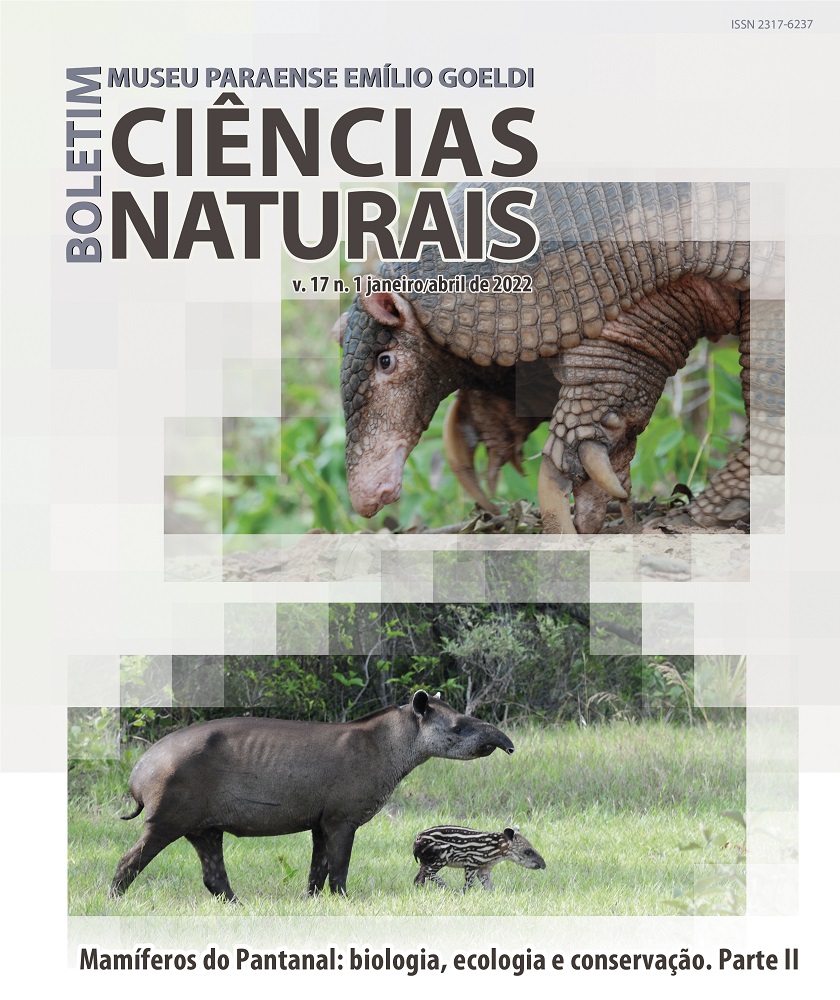The importance of the Utinga Camilo Viana State Park for the conservation of plant and fungal species in the metropolitan region of Belém, Pará, Brazil
DOI:
https://doi.org/10.46357/bcnaturais.v17i1.779Keywords:
Amazon, Biodiversity, Protected areasAbstract
There are few botanical inventories in the conservational units of the metropolitan region of Belém, most limited to a few biological groups. In order to fill this gap, the Utinga Flora Project was created with the main objective of creating a reference collection of plant and fungus species of the vegetation types of the Utinga State Park. Samples were taken of all life forms in the aquatic and terrestrial habitats. In this study, 701 plant species distributed among 110 families and 16 fungal species. The most species-rich families were Fabaceae, Araceae, Orchidaceae, Melastomataceae, Rubiaceae and Bignoniaceae. The arboreal life form was represented by 46% of the species, followed of lianas, shrubs, herbs, epiphytes. totaling 49% of the species. This demonstrates the importance of these life forms that are neglected in inventories. In conclusion, the Utinga Flora Project demonstrates that the species richness of plant and fungal life is very considerable. These findings reveal the importance of collection efforts in increasing knowledge about the occurrence of species in the Amazon and demonstrate the relevance of the Park for the conservation of flora, that represent one of the last of native vegetation in one of the most deforested regions in the Amazon.
Downloads
Published
Issue
Section
License
Publication means fully assigning and transferring all copyrights of the manuscript to the journal. The Liability Statement and
Assignment of Copyrights will be enclosed with the notice of acceptance. All the authors must sign the document and return it to the journal.








